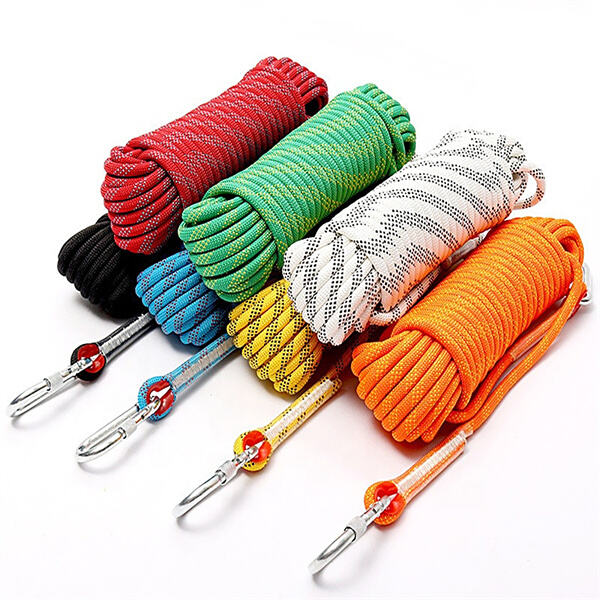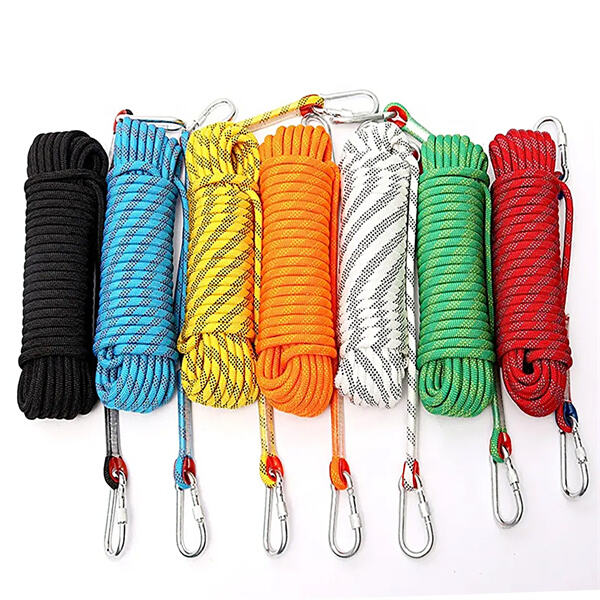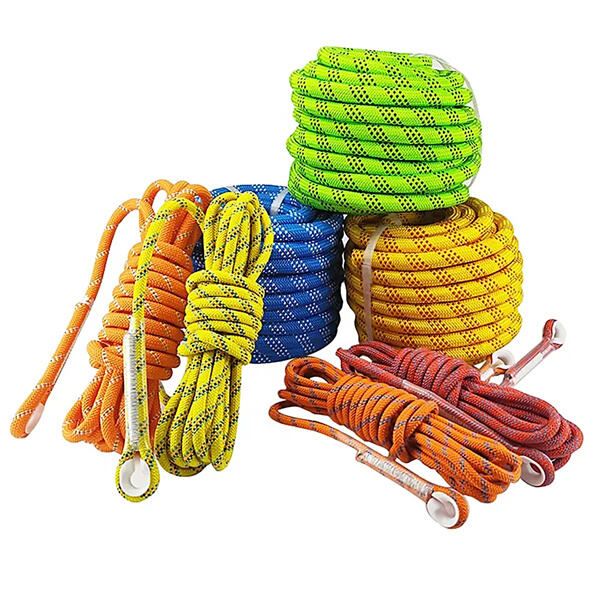Getting ready for the next climbing trip? Your first time or climbing guru, picking the right rope can make all the difference to your safety. Safety is quite literally the name of the game here at New Coast so we have put together several climbing ropes tailored to the various kind of ascensions you make so you can find the right one. What many may not know is that the New Coast Climbing safety rope is actually your lifeline. In other words, it connects you to the climbing wall, and if you are climbing without it, the risk of getting hurt when falling is substantially greater. And that's why it's so crucial to ensure you're equipped with a solid, dependable rope — something that's going to hold you steady while you ascend to greater heights. With the right rope, you feel that you can trust it and commit your attention to climbing, not to falling.
Our climbing ropes are actually designed keeping you safe through your climb. We develop ropes that are strong and durable by utilizing the best raw material available and the latest technology. All of our ropes are highly tested to ensure they give the best protection during the climb. New Coast Climbing rope with hook is designed to be very flexible and forgiving because they are supposed to absorb the energy of a fall and also have a lesser chance of getting damaged or simply worn out over time. Be confident that our ropes are created to not only stay but also to keep you safe. Climbing and using a climbing rope is something that needs practice and skill. We understand this at New Coast, when we recommend training programs and show you how to use our ropes in the right way — along with the benefits. Knowing how to tie various knots, belay safely and rappel down properly are really essential things for climbers to learn. The more you practice these skills at the base of the crag, the more comfortable and confident you will feel coming into the climb.

There are a wide variety of climbing ropes out there, and it is critical that you have the right one for your particular climbing style. At New Coast, we carry ropes suited for various styles of climbing including top rope climbing, sport climbing and traditional or "trad" climbing. All of the different climbing types are broken down below where each type of climbing requires a specific type of rope and help you understand which rope may be right for you.

But sport climbing, which is a different style of climbing, uses a different kind of rope. This bolts are bolted to the wall and the climber can clip on it for protection while he is climbing. Sport ropes are generally thinner and much lighter than top ropes — this gives you more flexibility and less drag as you climb. This also makes them easier to maneuver, and it allows you to travel faster with improved efficiency while ascending.

Trad climbing is where the climber brings his own safety gear and anchors. The best sport ropes to trad ropes for climbing: The New Coast Thick climbing rope is used for sport climbing are heavier than those used for climbing but support the weight of the climber and weathered climbing gear. It is a more challenging style of climbing but extremely rewarding to those who are up for the challenge and know the techniques of placing protection.
New coast Rope a specialized chemical fiber rope manufacturing company includes rclimbing rope, production,sales technical service.Mainly manufactures PP Mono, PP Multi, nylon(polyamide), polyester, UHMWPE etc, diameter 4mm 160mm.
New climbing rope Rope offers services more 10,000 clients around world exports products more 50 countries. We'd love keep touch. If require information have any questions.
product's structure consists 3 strands rope, 8 strands rope, 12 strands rope, double braided rope, anchor line. Utility line hollow braided rope solid braided rope, parachutist battle rope net. variety lengths, climbing rope colors metal accessories packaging, logos packaging have been certified products.
New coast Rope have characteristics high strength well as low elongation, anti wear anti-corrosion, and performance indicators are accordance with relevant climbing rope well as international standards. The products widely used nowadays the fields marine engineering, ocean transport defense the nation, military, port towing water conservancy engineering.